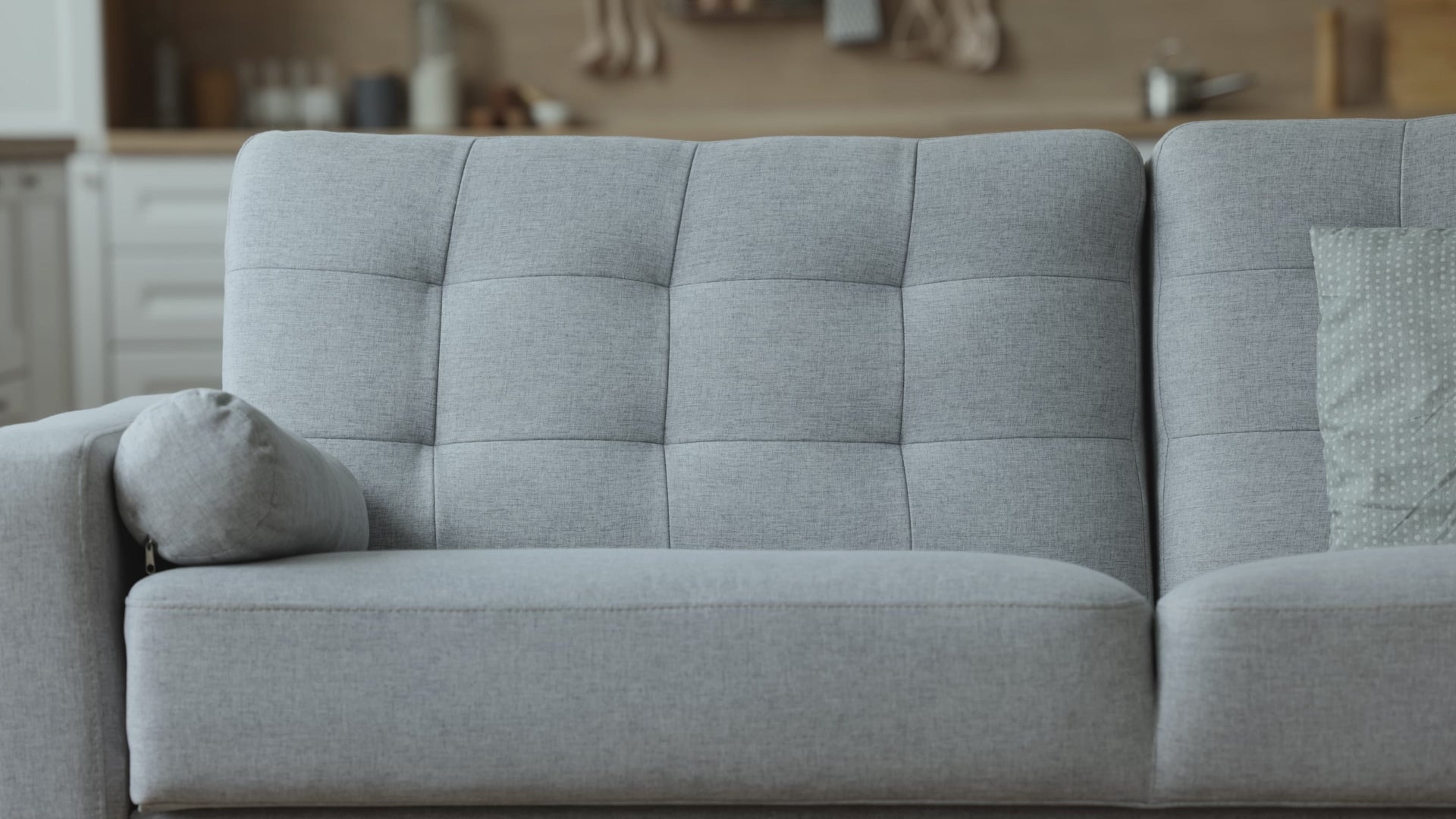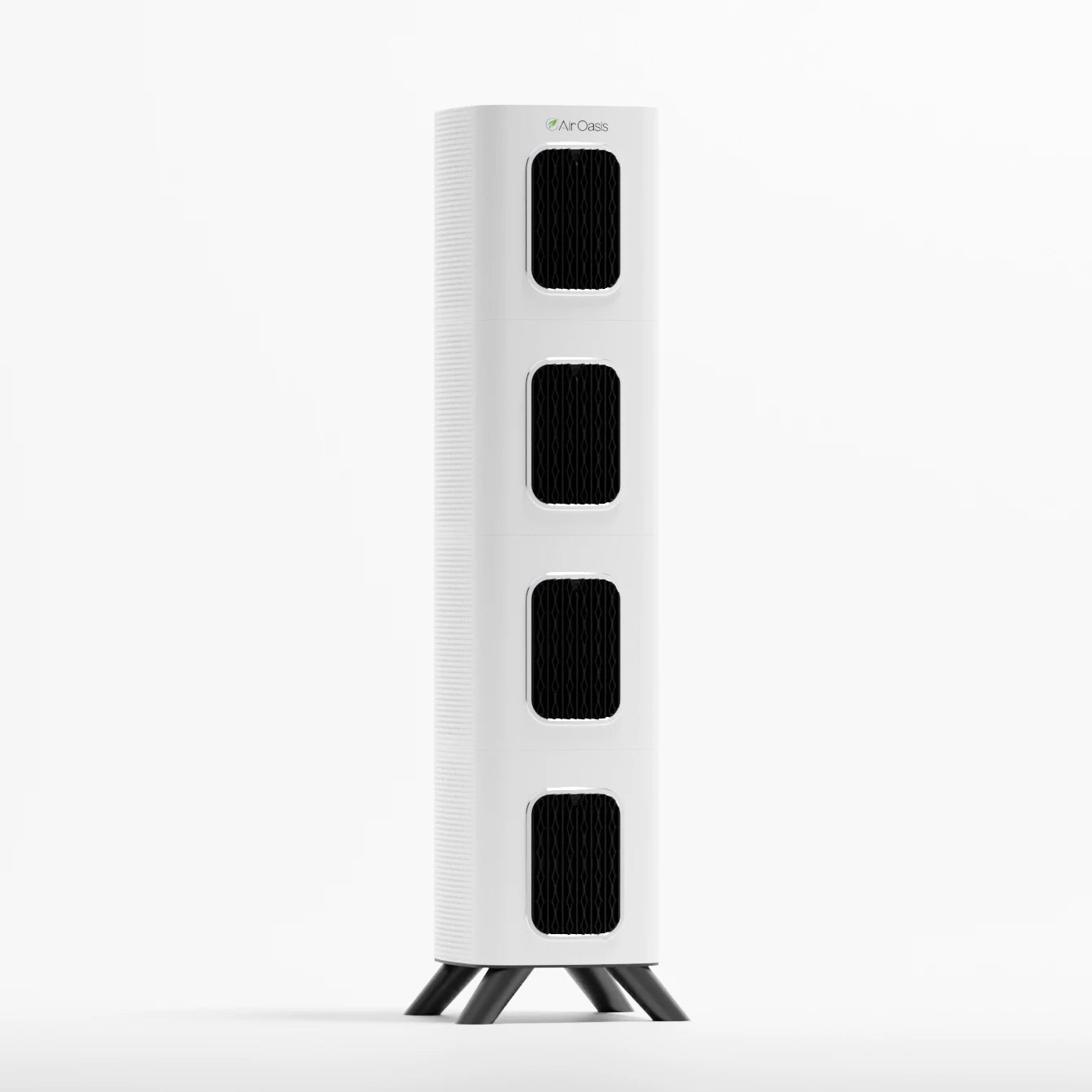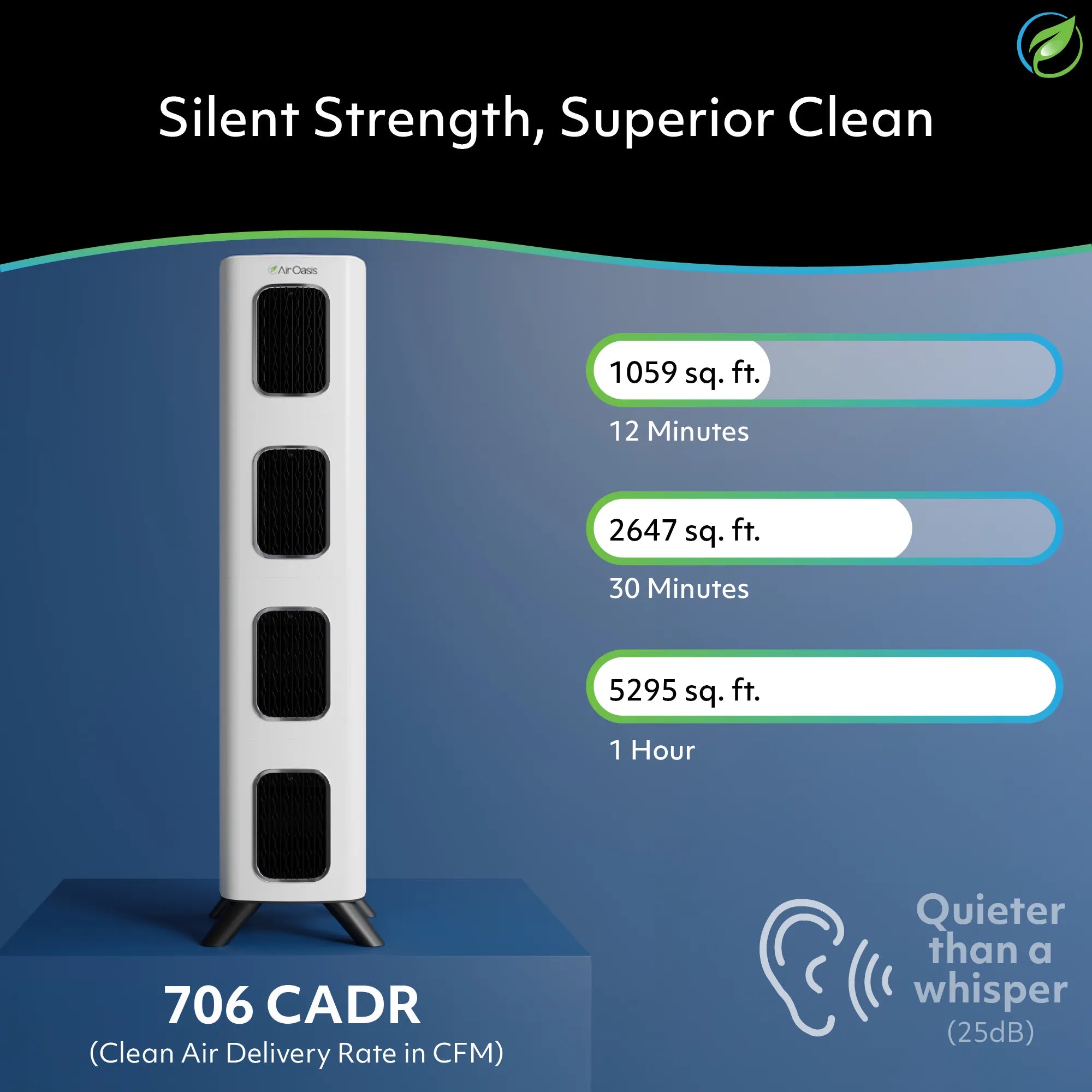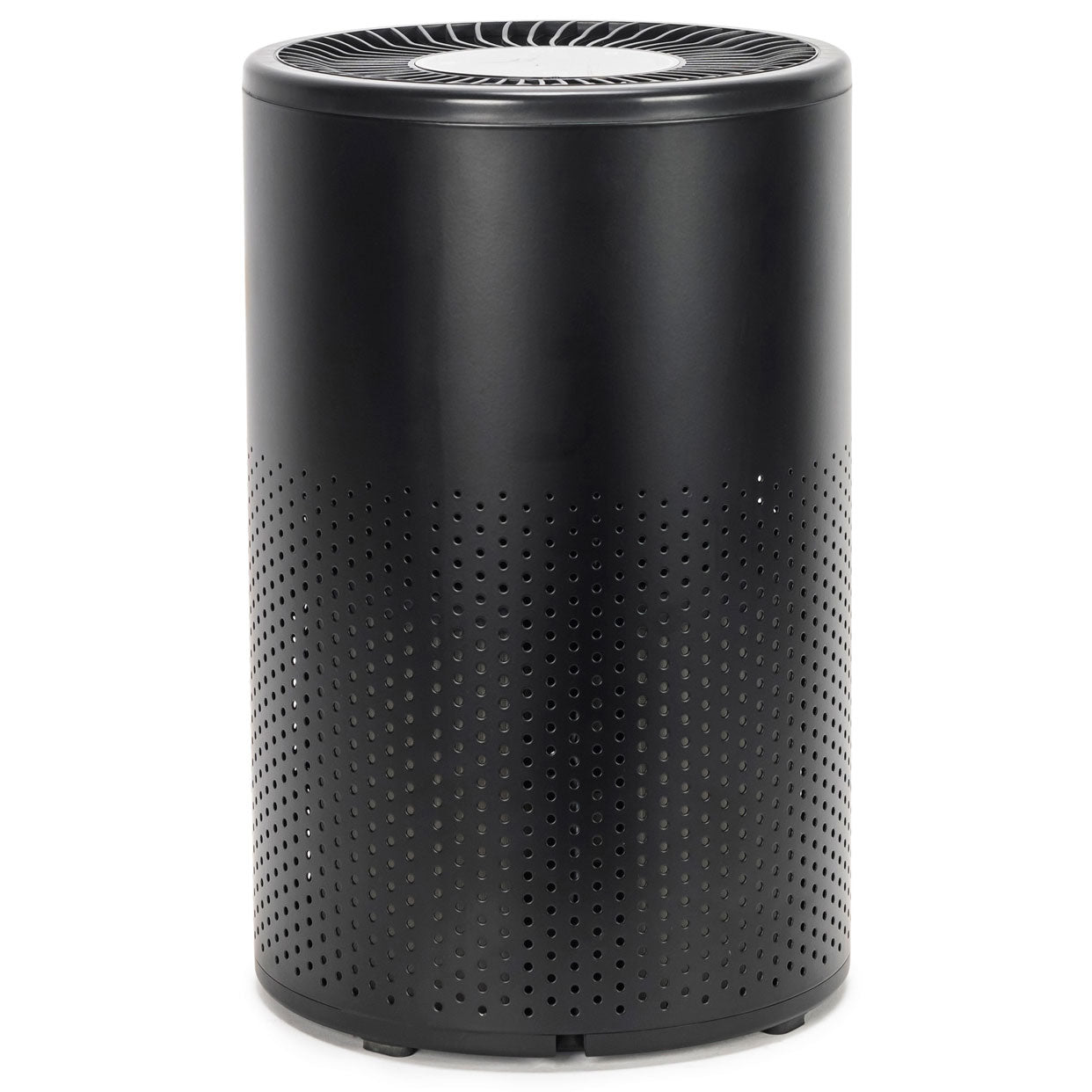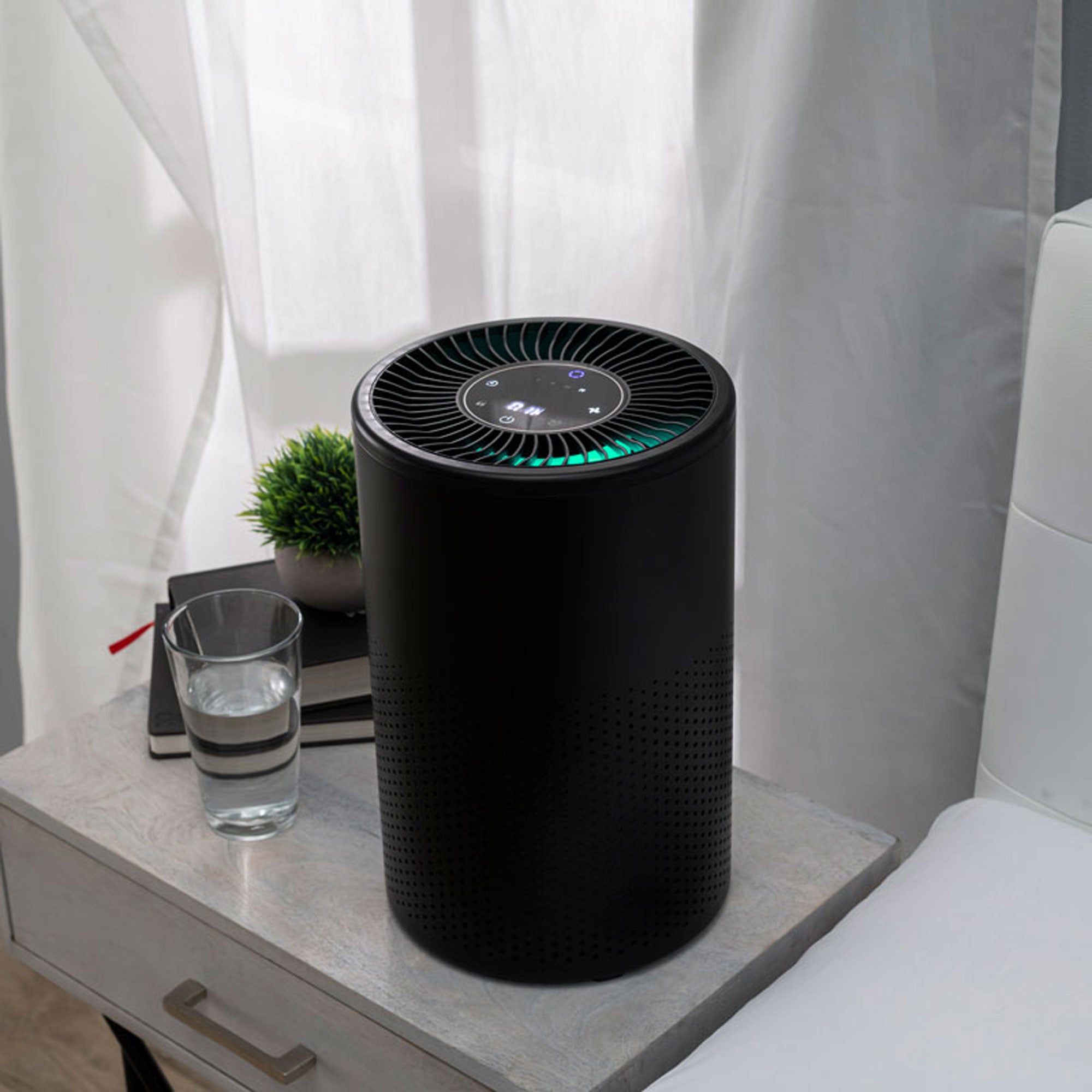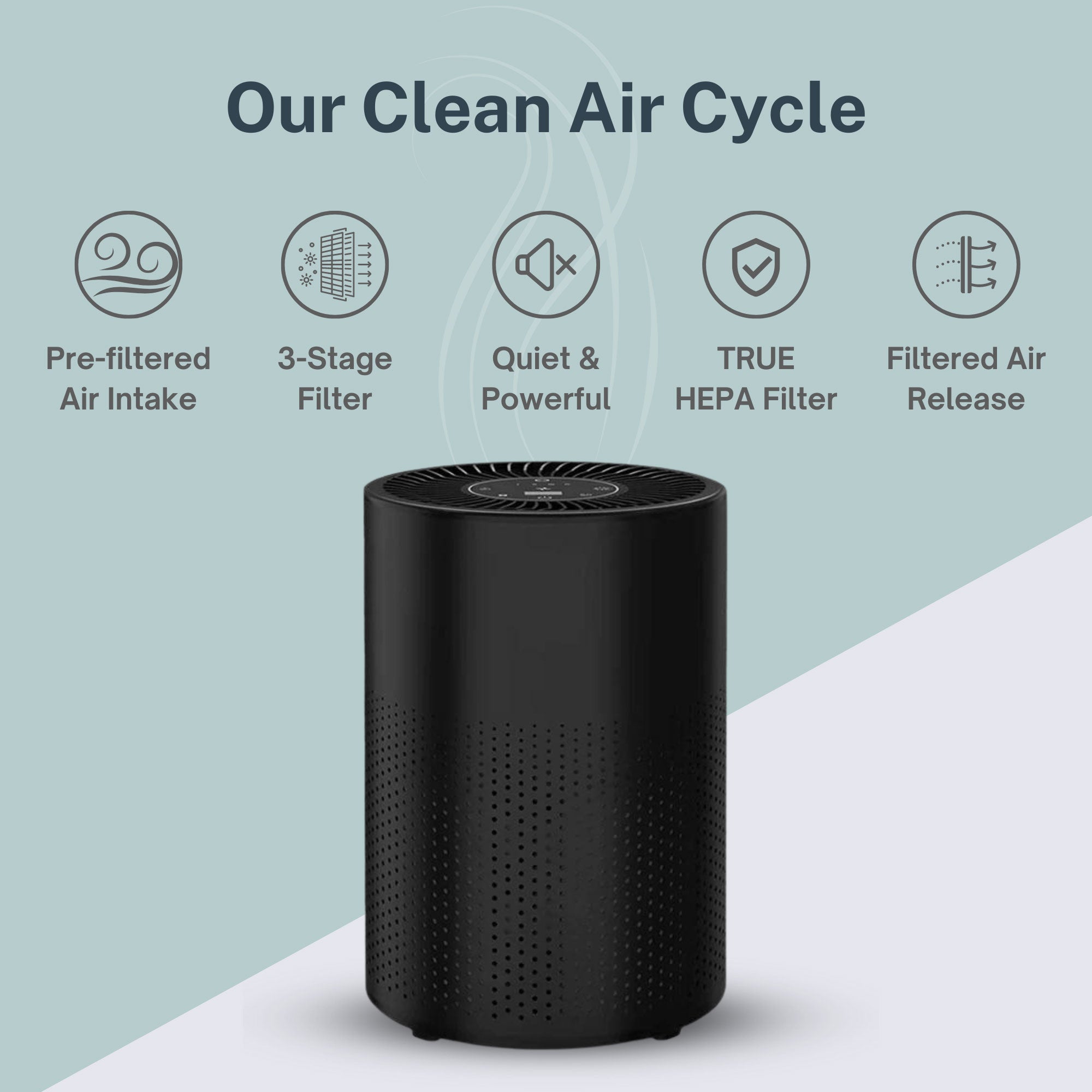Everyone with allergies knows that this time of year, there are many sneeze-inducing culprits, like pollen, weeds, and grasses.
It’s time to add mold to that list.
Though it’s not always top of mind, mold can be a significant allergy-trigger affecting upwards of 10% of the population. From sneezing fits to prolonged fatigue, symptoms of a mold allergy can be as diverse as they are troublesome.
How do you know if that stuffy nose is just a common cold or a sign of a mold allergy? In this post, we'll go deeper into mold allergies, exploring their symptoms, causes, and ways to combat them.
Why Are Some People Allergic to Mold?
Mold spores are microscopic particles that mold uses to reproduce. These spores can become airborne and be inhaled. For some people with mold sensitivity, exposure to mold spores can trigger allergic reactions or other health issues.
With any allergy, symptoms happen because of the body’s immune system response. When airborne mold spores enter the body, it can recognize them as foreign objects and develop specific antibodies to fight them; the byproduct causes allergic symptoms.
Symptoms can occur immediately after exposure to mold spores, or they can be delayed.
The Most Common Symptoms of a Mold Allergy
When it comes to mold allergies, your body's reaction can be as varied as the types of mold themselves. While some might experience a simple case of the sniffles, others might feel like they've been hit by a truck.
Here are the most common symptoms of a mold allergy.
But some symptoms aren’t quite as obvious. For example, prolonged headaches and fatigue can be symptoms of a mold allergy.
Remember, everyone's body reacts differently. You might experience all of these symptoms, just a few, or even some we haven't mentioned. The key is to pay attention to your body and notice any patterns. If you find yourself reaching for the tissues more often than usual or have unexplained fatigue, it might be time to consider whether mold is the uninvited guest in your home.
The Types of Mold Most Likely to Cause Allergies
There are over 100,000 different types of mold. While not all of them cause allergy symptoms, here are four you should know about.
First up, we've got Alternaria. This dark-colored mold is commonly found indoors and outdoors, and it's particularly fond of damp areas in your home. If you've got a leaky roof or a humid basement, Alternaria could set up shop.
Next is Aspergillus. This mold is the overachiever of the bunch, with over 185 species. It's often found in household dust and can spread quickly in warm, damp environments. Some Aspergillus species can even produce mycotoxins, those nasty substances that can suppress your immune system.
We can’t forget about Cladosporium. This olive-green or brown mold hangs out both indoors and outdoors. It loves to grow on fabrics, wood, and other damp, porous materials.
Last but not least, we have Penicillium. Yes, it's related to the antibiotic, but don't let that fool you. This blue or green mold can cause severe allergic reactions and is often found in water-damaged buildings.
Are Mold Allergies Worse In Specific Seasons?
You might think mold allergies would take a vacation, but unfortunately, spores don't believe in time off. That said, there are times of the year when mold allergies can kick into high gear.
Spring and fall tend to be the prime seasons for mold allergies to surface because they offer the perfect combination of moisture and temperature for mold to thrive.
In spring, moisture levels increase as the snow melts and it starts to rain. This creates a paradise for outdoor molds, which can send their spores floating through the air and right into your nose.
Fall, with its piles of damp leaves and cooling temperatures, creates another mold hotspot. As you enjoy the autumn colors, mold spores might hitch a ride on the breeze.
But don't think you're off the hook in summer and winter. In summer, your air conditioner could be a secret mold hideout, while winter's closed-up houses can trap moisture and create cozy mold habitats.
The truth is, mold allergies can be a year-round issue, especially if you've got indoor mold setting up camp in your home. The key is to stay vigilant, keep your home dry, and remember to keep your air purifier working 24/7 to keep those mold spores at bay.
What About Asthma?
When mold spores trigger an allergic reaction, it can cause inflammation in your airways. For someone with asthma, this inflammation can be the spark that sets off an asthma attack.
Those with asthma or poor lung health may experience a particular sensitivity to Aspergillus. Hypersensitivity to this type of mold can lead to a rare condition called allergic bronchopulmonary aspergillosis (ABPA). ABPA causes recurrent lung inflammation and, if left untreated, lung scarring.
If you have asthma and suspect you might also have a mold allergy, it's crucial to talk to your doctor. They can help you develop a management plan that addresses both conditions. This might include:
- Avoiding Mold Exposure: This means keeping your home dry and well-ventilated.
- Medication Management: Your doctor might adjust your asthma medications or add antihistamines to help control allergy symptoms.
- Air Purification: Using a high-quality air purifier can remove mold spores from the air, giving your lungs a much-needed break.
- Regular Check-ups: Keeping tabs on both your asthma and mold allergy symptoms can catch any worsening conditions early.
Protect Yourself (and Your Home) From Mold Allergies
While mold can live in multiple places inside and outside your home, you can do a few things to mold-proof your home.
However, DIYing your mold inspection can lead to costly errors. Bring in a professional to ensure your home is safe.
Why Air Purifiers Can Help Fight Mold
A good air purifier can help keep mold from calling your house “home” because of dedicated filtration via HEPA filters, enhanced air circulation, and additional technology like UV-C light or ionization.
Our iAdaptAir, for example, can help reduce mold by up to 99% thanks to its:
- True H13 HEPA filtration that can capture particles up to 0.05 microns in size.
- Carbon filter that absorbs and removes harmful odors.
- Silver ion filter that can sterilize any mold that enters the purifier.
- Germicidal UV light that neutralizes germs.
- Bi-polar ionization that can actively seek out and eliminate contaminants.
Remember, while air purifiers are powerful allies in the fight against mold, they work best as part of a comprehensive mold prevention strategy. Pair your air purifier with good humidity control, proper ventilation, and regular cleaning.
Your Action Plan Against Mold Allergies
Mold allergies can happen to anyone, and the symptoms run the gamut—from minor issues like runny nose and itchy eyes to significant health concerns like lung damage.
With a combination of smart home management and the right tools, you can create an environment that protects you and your family from mold.
So, what's your next move? Start by giving your home a once-over. Check for damp areas, improve ventilation, and consider investing in an air purifier.
Mold allergies might be persistent, but you are, too. With the right knowledge and tools, you can take control of your indoor air quality and breathe easier.
Invest in cleaner air with our research-backed products to effectively capture mold spores, scrub contaminated air, and create healthier living spaces.










